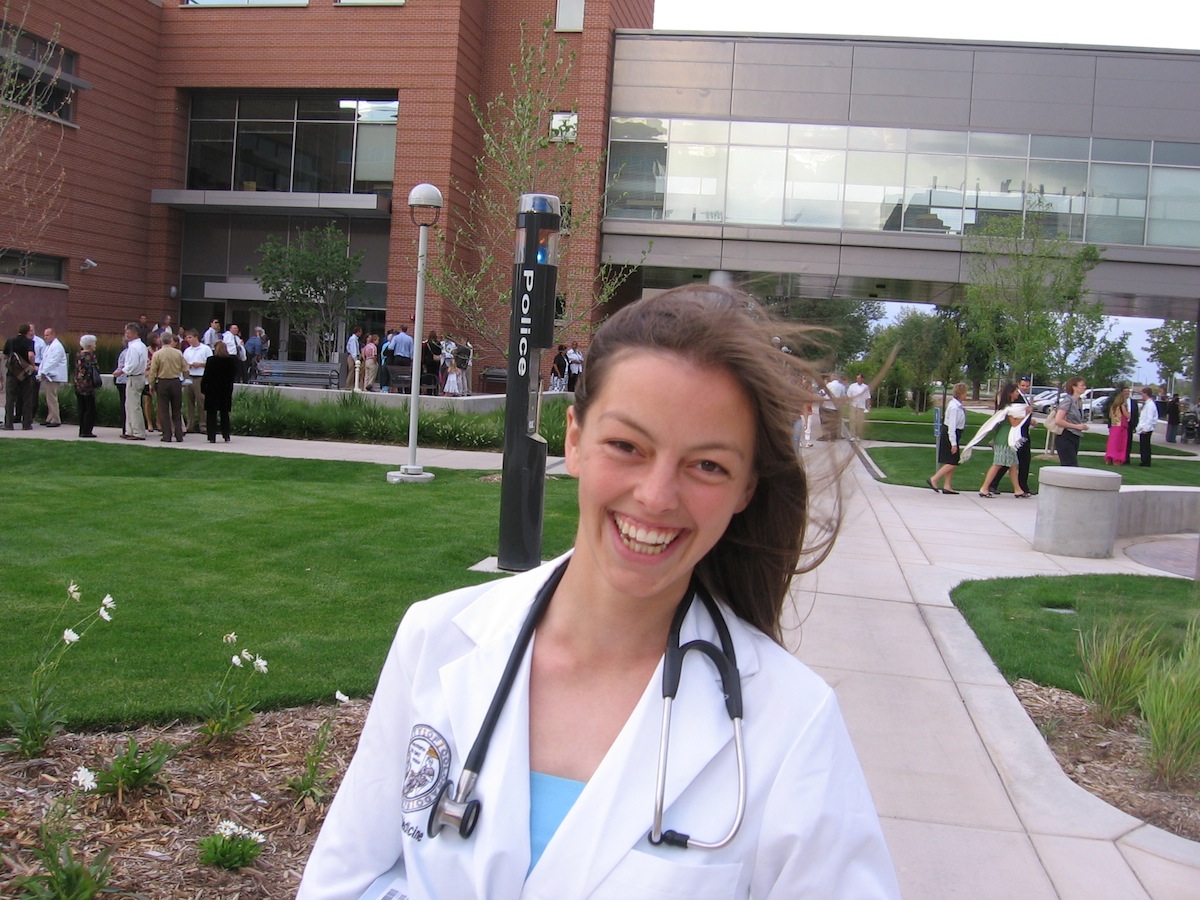The Local newsletter is your free, daily guide to life in Colorado. For locals, by locals.
Avery Mackenzie, medical resident
I was born on the East Coast and came out here for college. I was a bio major at Colorado College and decided I wanted to go to medical school. After I graduated, I lived in Delta, Colorado, for a year and worked as an EMT. It was a cool job because you had a huge amount of responsibility. I delivered a baby in the front seat of a minivan a week into the job. It was the most beautiful thing I had ever seen.

I graduated medical school and started in the emergency department at University Hospital, which was my first experience working as a doctor. Even writing an order for Tylenol seemed like a big deal to me. I was so excited to be practicing emergency medicine, because that’s ultimately what I want to do.
My shift on July 20, 2012, started at 11 p.m. We heard chatter over the police scanners. Everyone critical was going to Aurora South; we were going to get some of the people who had been tear gassed. Then it became clear that we were going to get shooting victims. The first were a young woman and her two children. They drove themselves from the theater. She had been shot in her leg, maybe a couple of times. The attending physician said, “Tell me what the scene was like. What are we dealing with?” She gave us a rundown of the scene, which was essentially complete chaos. At that point, the attending said, “We’re going to be faced with a lot more than we thought. Let’s get ready.”
They all showed up very fast. Most of them came in the backs of police cars. Typically, the paramedics will give us a heads-up, so we know how to prepare. But we didn’t have any of that. Police cars were pulling up into our ambulance bank, and our staff was going out there and pulling people out of the cars in whatever state they were in. We didn’t have any clue how many people we were getting or how sick they were or when we would stop getting them.
One of the first people who came in was a man who had three gunshot wounds to his head. My job was to intubate this person—put a tube down his throat to help him breathe. He had swelling in his brain and needed to go up to the operating room immediately. The neurosurgeon met me at the CT scanner and pushed this man to the operating room and started operating immediately. That was really what saved his life.
I didn’t leave the hospital until probably 10 a.m. One of my tasks was to look at every patient in the department and make sure they hadn’t been shot somewhere we had missed. Over the course of the night, I think I saw, spoke with, or laid hands on every person who came in.
I actually saw the guy who had been shot in the head two weeks afterward. I went upstairs to see him on the general floor. He was there with his mom eating Starburst candy. I couldn’t believe it. I was kind of prepared to see someone who was a hospital patient, sick and not moving. And I was going to be excited about that, excited that he was still alive. Then, when I saw that, I couldn’t believe it. I was beside myself. I tried to replace the initial images I had of the shooting with these new memories of people.
—As told to Chris Outcalt
Read other stories on the Aurora theater shooting here.








